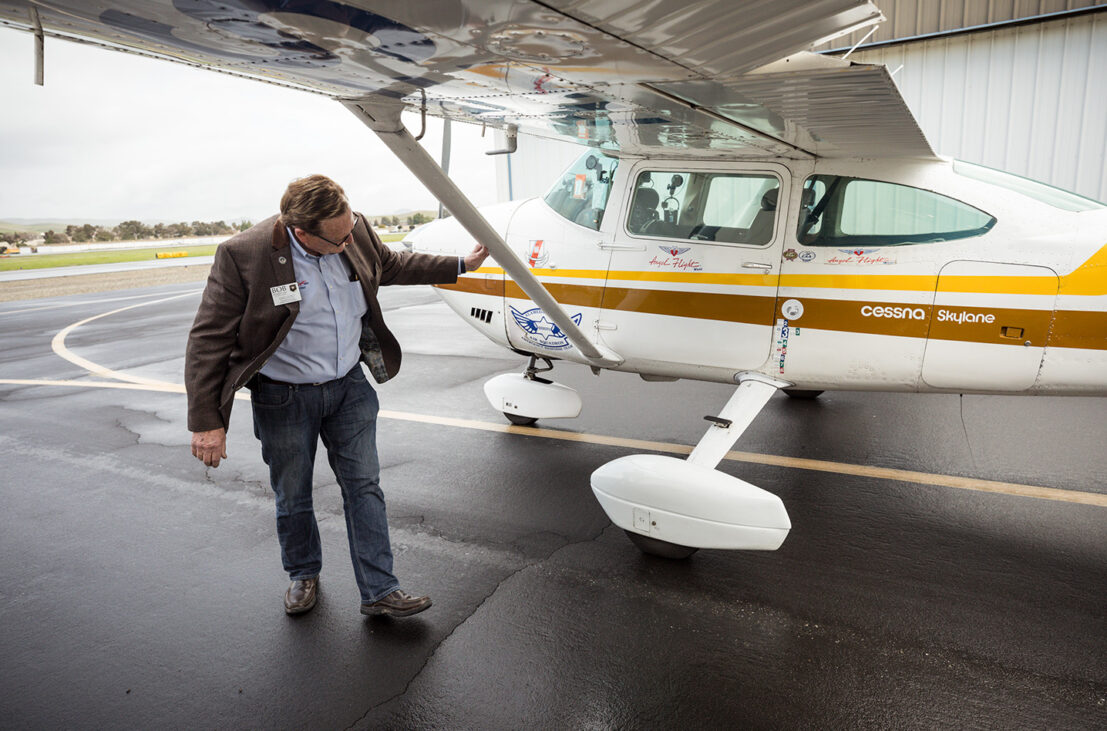
June 21, 2023
Building on the success of its annual in-person symposium, NBAA hosted its first virtual Small Operators Symposium, “Urgent PIREP: Small Flight Department Administration.”
Geared toward operators with fewer than four aircraft, industry experts shared insights on the current state of the insurance market, how to safely integrate lower-time pilots, key legal considerations for small operators and using independent contractors.
Joe Williams, senior vice president and managing director – aviation of Marsh McLennan Agency launched the event with an update on the challenging aviation insurance market and reviewed key challenges with the market, including:
- A supply-and-demand challenge with fewer carriers in the market to cover an increasing number of aircraft.
- Claims and expenses have exceeded the gross written premiums (i.e., revenue) for about five years due to increased frequency and severity of claims, as well as social inflation leading to higher payouts, particularly for fatal accidents.
- The war in Ukraine also is having an impact on aviation insurance, with more than 400 aircraft owned or leased by Western companies impacted by the war. These aircraft – whether considered to be seizures or thefts – will have a multi-billion-dollar loss in the industry.
- The reinsurance market is experiencing the same supply-and-demand issues and claims challenges as original insurers.
“Get to know your broker and your underwriter and let them get to know you. Explain to the underwriters why you are a good investment for the company,” he advised.
Lower-Time Pilots
Greg Burris, director of aviation at Masco Corporation, shared how to safely integrate less experienced pilots.
“There’s a stigma – often undeserved – around low-time pilots,” Burris said. “Change your lens and look at the complete pilot.”
Masco Corporation, he said, adjusted the interview process for lower-time pilots, looking more at the pilot’s demeanor and attitude, and added a simulator session to evaluate the pilot’s aptitude rather than number of flight hours.
After training, consider restricting the pilot to operating flights with no passengers for a certain number of hours, placing limitations on weather conditions, requiring a mentor pilot or limiting a pilot to domestic operations only for a certain number of hours.
Legal Issues for Small Operators
David Norton, partner at Shackelford Bowen McKinley & Norton, LLP, examined fundamental legal issues for small operators.
Flight department companies are a hidden “gotcha” for some Part 91 operators. A flight department company is a separate legal entity created to fly its affiliates around, usually as a liability shield – and Norton explained it usually requires a Part 135 certificate.
“Essentially, is the operator carrying persons or property for compensation or hire? A profit motive is not required, and compensation can be monetary or nonmonetary compensation,” he said.
Operational control is another key legal concept for Part 91 operators and can be indicated by what party is responsible for accepting flight requests, obtaining maintenance on the aircraft, training and scheduling the pilots and so on.
Inadvertent transfer of operational control can result in civil penalties.
Independent Contractors
Finally, Mike Kolich, a partner at JetLaw, LLC, shared perspective on utilizing independent contractors in an aviation operation.
Kolich explained an independent contractor, described by the IRS, is an individual who is not controlled by an employer and who has the legal right to control the details of how the services are performed. Does the employing entity tell the individual when and where to work, what tools to use and where to purchase supplies?
This is an area where IRS and FAA differences can create challenges, when considered in the context of operational control explained above.
Kolich suggested using a formal pilot agreement to outline the commercial terms, degree of agency and indemnifications. Misclassification of an independent contractor can result in defense costs, penalties and fines, uninsured liability exposure and other financial losses.


 International Business Aviation Council Ltd.
International Business Aviation Council Ltd.